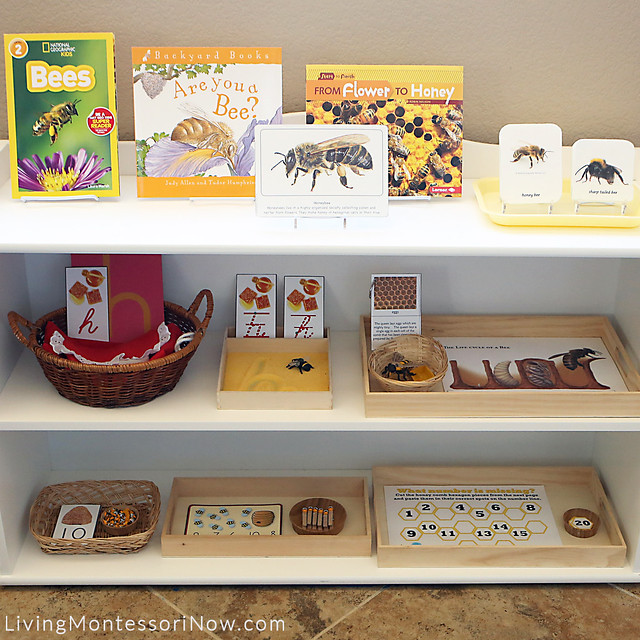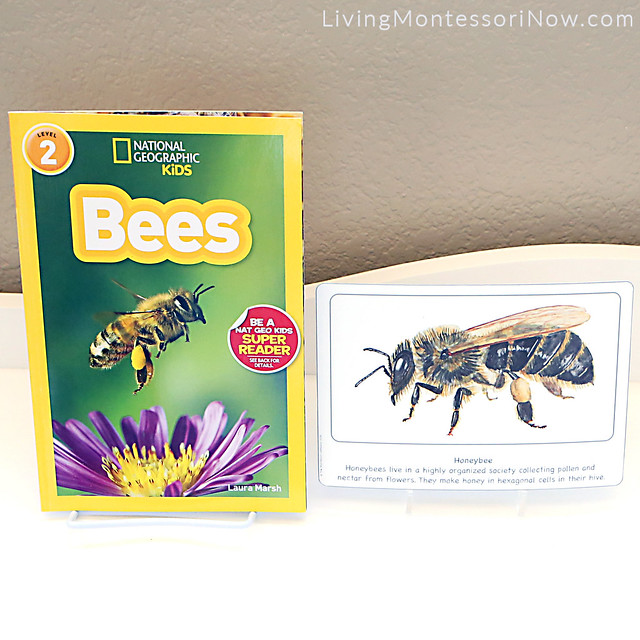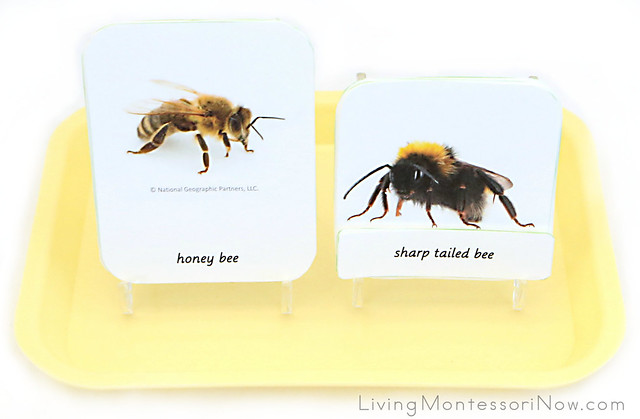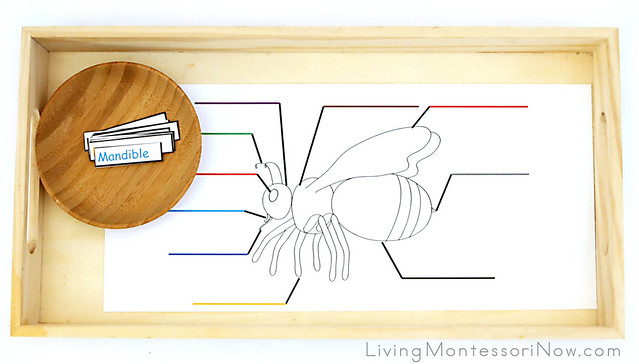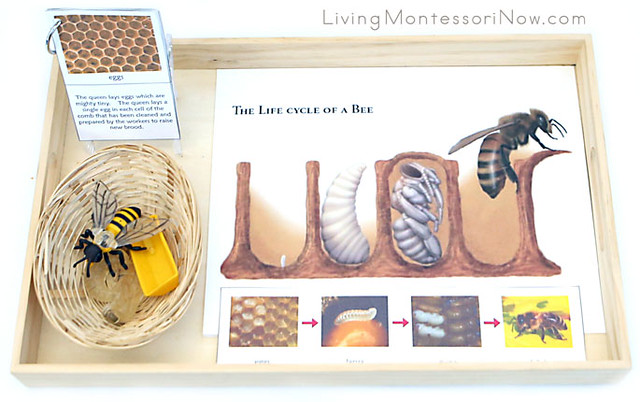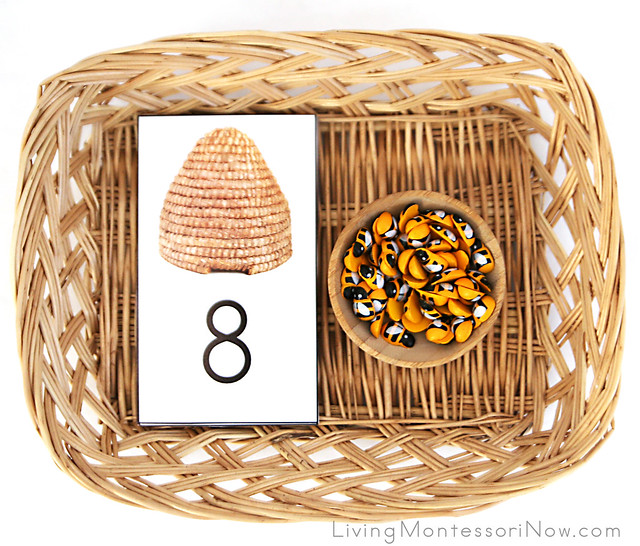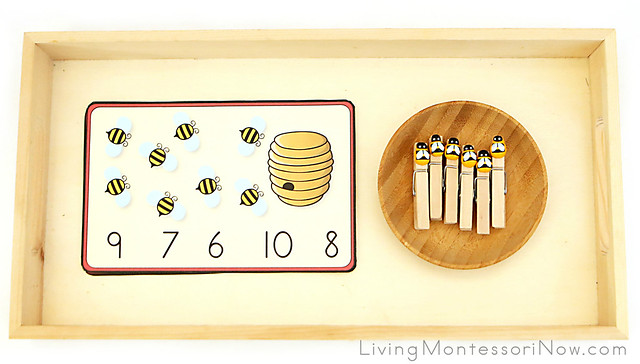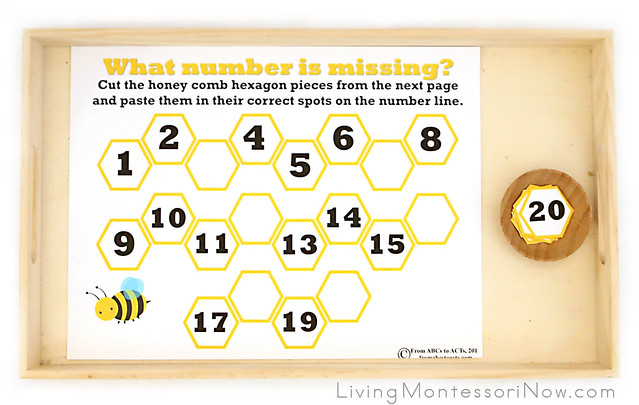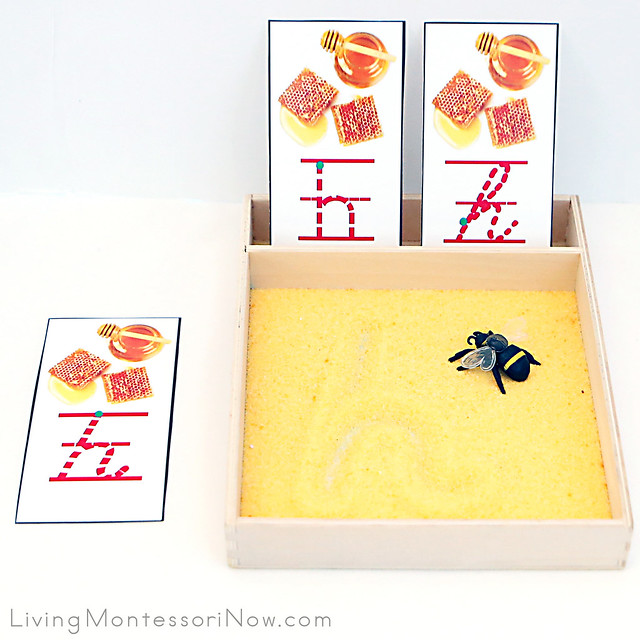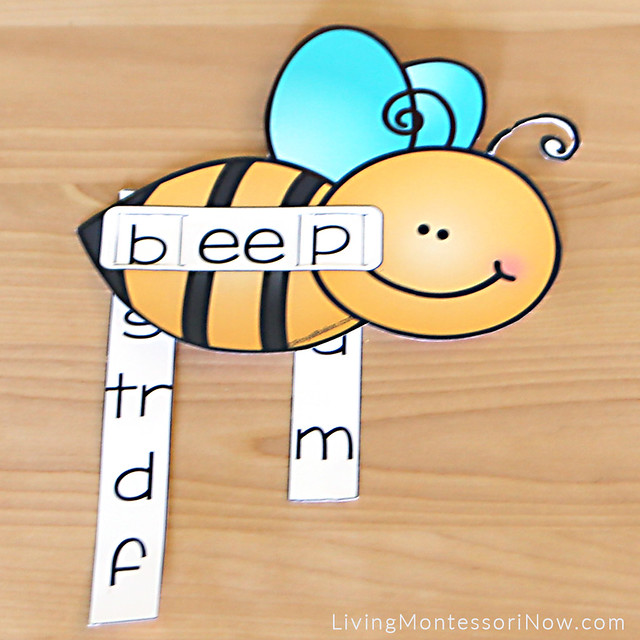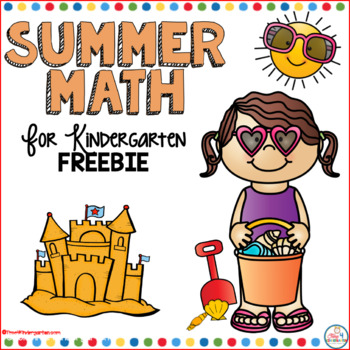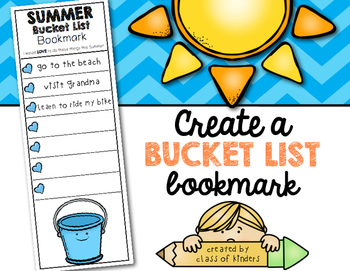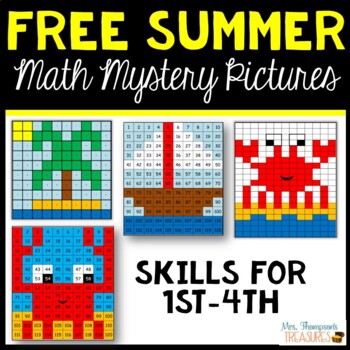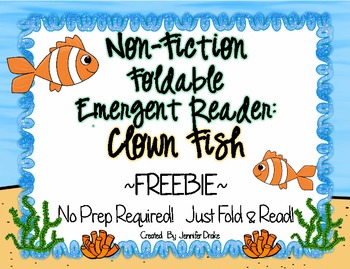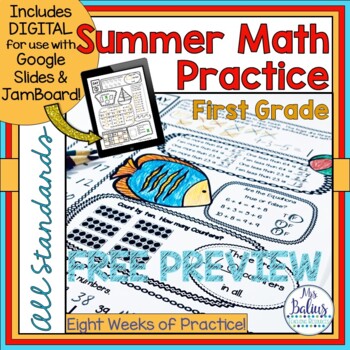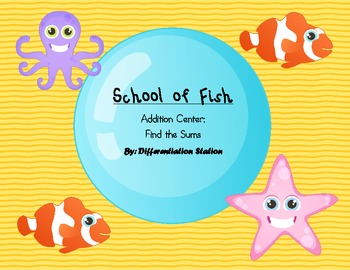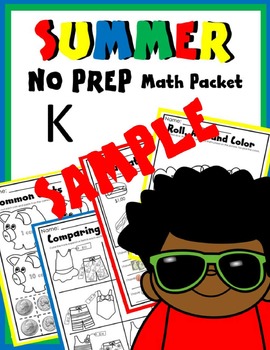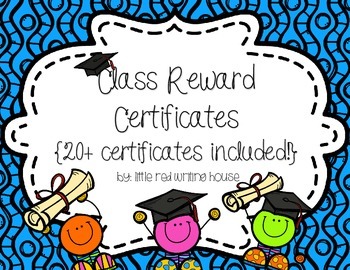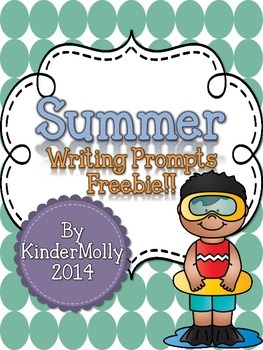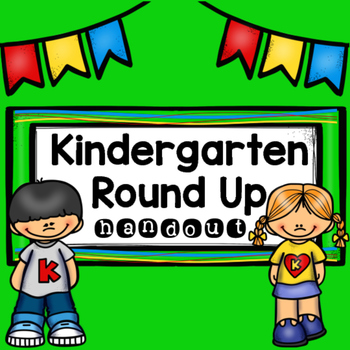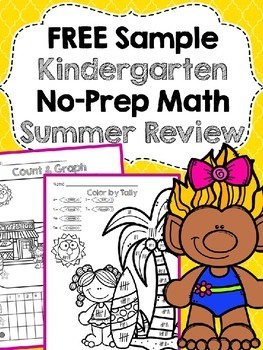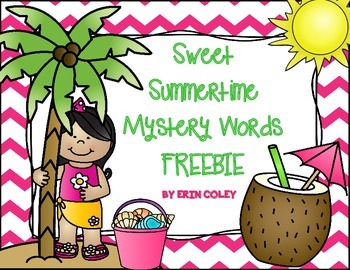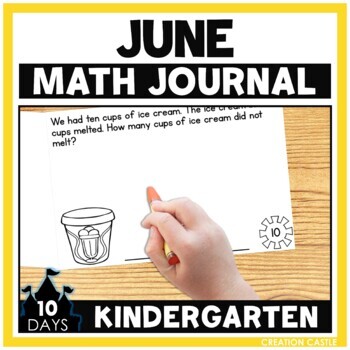I am a former "Queen of Themes" who has proudly stepped down from her thrown.
For those of you that are new to me, here's the abbreviated version of my journey, with an option to read more:
For the first 11 years of my career as an early childhood professional,
I was addicted to themes (read about it
HERE).
I was a stubborn and proud of my teacher-led preschool program. (read about it
HERE)
I THOUGHT I was running a child-led, play-based program. (read about it
HERE)
What I know now, is:
I WAS WRONG.
Luckily, for the children in my play school, I made changes.
I am incredibly grateful for my theme-filled past, however, as it helps me spot the themes that now occur organically in my TRULY child-led program.
In the past, I chose the themes.
I chose them in August.
I chose them for every single week from August-May in AUGUST. Yet, I thought I was considering the "current" interests of my group.
I admit that some of "my" themes were based on the interests of the children in my program, but the majority were chosen because of the clever ideas I came up with to execute said themes. I considered myself to be the "queen of themes".
NOW, I know that
CHILDREN are the "Queens and Kings of Themes", I just wasn't giving children enough credit. I was blinded by my own need to express MY creativity, that I wasn't allowing children to express theirs.
I'd like to share the themes that were led by the TRUE Queens and Kings of themes in my program. These themes all occurred during the morning of February 2, 2017, and were all led by children.
Theme One: Sewing
Before: I would have done a week-long theme on sewing. The letter we would have focused on was "s". I would have had all sorts of books available about sewing, opportunities to sew, we would have rhymed with sew, we would have sewn with a variety of materials: cooked spaghetti, yarn, string, skinny strips of fabric. Weaving would have been incorporated.
Number of children participating: EVERYONE. No one had a choice to not participate. It was meaningful to no one as the idea belonged to me, not the children.
Now: One child in my program has made an old slipper into a stuffed animal. He used the stuffing from one of his torn stuffed buddies at home as filler for his monkey slipper. He has brought this "stuffed animal" to school several times. Yesterday, when he arrived, he was really wanting to get rid of the "sock" part of this stuffed animal (the part of a slipper that comes up on a child's ankle).
Together, he and I problem solved back and forth. I offered an idea, he shot it down, he offered and idea, we discussed the possibility of that etc. (COLLABORATION at it's finest). FINALLY, we agreed on an idea. We would pull out some of the stuffing, in order to make room for the sock part to fold into the slipper (he did not like the idea of cutting it off). He would then sew the slipper opening closed. I gathered a REAL needle and thread, and together, we sewed until I knew I could trust him to use caution and complete the project successfully.
Number of children participating: ONE. No one else was even aware this was going on. This was a meaningful moment for ONE child.
Theme Two: Valentine's Day
Before: I would have spent a week or two focused on Valentine's Day. The theme would have ended with a traditional Valentine's Day filled with repeated requests to "sit still", "don't eat all your candy now", "listen for your name", "make sure your bag is open so a Valentine can be placed inside", "sit still", "sit still", "don't eat all your candy" etc. etc. etc. aye yi yi!
Number of participants: EVERYONE. No one had the option to not participate.
Now: Valentine's Day is handled completely different in my program now. It is child-led. Children are welcome to bring full, unopened boxes of Valentine's to school. They can then play with them to their heart's content. Books are read that talk about the traditional Valentine's Day. Children spend the majority of their time ripping Valentine's apart, stuffing them in envelopes, practicing writing each other's names etc.... all in their own time, and their own choosing.
On this particular day, Feb. 2, Zoey (who is in her third year in my program) walked into school carrying a file folder full of papers. It turns out that the day before, her mom took her to Target so she could choose what box of Valentine's she wanted to bring to school this year. Upon entering the store, Zoey announced "Mom, I want to make a Valentine for Denita and Elsie." Her mom said "Sounds good. Let's go and choose some supplies." Shortly after, Zoey decided she wanted to make a Valentine for everyone, she did not want to buy a box of cards. And so.. that is exactly what she did. She returned home and went to work, constructing 12 Valentines because she was INTRINSICALLY MOTIVATED to do so. This was genuine, straight from the heart.
Number of participants: One, but in a way, it involved everyone as Zoey handed out a Valentine to each child. The children had the opportunity to express gratitude and feel special. Zoey, was EMPOWERED by HER thoughtfulness and ideas. Zoey has the rest of her life to have to do things other people tell her to do. At the age of 5, she should be allowed to experience autonomy.
Theme Three: Shadows
Before: Since this was in celebration of Ground Hog Day, I would have spent a week learning about ground hogs, yet not a single child would have actually gotten to experience a ground hog. I would have focused on the cutesy songs about ground hogs popping out the ground. We would have colored carbon copied ground hogs that were found in the latest teacher's magazine and we would have glued them to a craft stick and stuck them in a styrofoam cup. Shadows did not come into play for this theme until my journey towards a true play-based program began. My first step was ditching the ground hog and focusing on shadows. Shadow play would have been a part of the environment for one week.
Number of participants: Everyone. No one had the option to not make a ground hog, and later, not play shadows.
Now: I simply re-arranged the room the evening before, leaving a bare wall for shadow play. I then added a lamp, and waited for a child to ask why there was a lamp sitting on a table. When that moment happened, thanks to the natural curiosity of children, I simply turned off the overhead lights, and turned on the lamp. The why, was quickly answered by the children: "Look! Shadows!!"; "My shadow is small here, but it's big when I walk over here!" "My shadow looks like a witch!" ; "My shadow is nice." etc. etc. As the children were exploring their shadows, the book "The Dark Dark Night" by Christina Butler (that we had read the day before) came into their play. One child did mention that it was Ground Hog Day, and he explained it to empty ears.. no one, not a single child cared. What they DID care about, however, were the shadows they were making. Shadow play continued until someone requested the projector. I switched out the lamp for the overhead projector and shadow play continue with an added element.
Number of children participating: Everyone. No one was forced, but all were naturally curious and had to experience and discover their shadows.
Theme Four: The Mitten
Before: I would have led the children in a theme based around the classic book by Jan Bret: "The Mitten". We would have explored, in depth, each animal (even though we got to touch, smell or hear none of them), we would have made construction paper mittens, we would have acted out the story (not organically, but led by me, assigning roles to the children). The letter "M" would have been the focus for the week. Stations would have been set up all related to the story, "The Mitten" in some way.
Number of participants: Everyone. No one would have had the option to not participate.
Now: While the lights were out, and some children were still exploring shadows, and projection play, one child asked for the finger lights (we had played with them the day before). After playing with the finger lights for a while, one child wondered what would happen if we put a finger light inside a balloon. And so.... like all wonders that happen in my program we tested it to find out. We learned it was awesome. The process of getting the light into the balloon (I held the balloon open with my fingers, while one child pushed in the light), gave ME a wonder. SO... I added on to the moment, I extended the learning and simply said "I wonder what else we can fit inside a balloon." There were several "takers" to my wonder and they were EXCITEDLY gathering items they predicted would fit into a balloon. SO, I quickly grabbed ANOTHER balloon, and held it open, while object after object was tested. Some fit, some failed. After about four items made it inside the balloon, I blew it up. I held it up to the light and we "oohed and awed" about the affect. I then released the air (resulting in a stretched out balloon that suddenly had room for MORE) and the children gathered more items. I repeated the process one more time. Then I added this: "Hmmmmm..... boys and girls, I wonder what would happen if I tie the balloon and then....... POP IT!!!!?" SQUEALS of delight followed that wonder. So, I quickly tied it, grabbed a pin, and gave plenty of warning to ALL that a balloon was about to be popped (not every single child was a part of this...and I wanted to give fair warning). "POP!!!" EVERYONE inside the balloon FLEW all about the room!! This was quickly followed by "DO IT AGAIN!" And so, the whole process was repeated. When we reached the "pop" stage, I asked who wanted to have the honor of popping the balloon (I like to hand moments like this off to the children as much as possible in order to empower them with ownership). After the second time, I said "Boys and girls. Does this remind anyone of one of our favorite books?!" "The book about animals squeezing into something very small......." One child's face LIT UP and he said "The book about the white glove!!!" (aka: "The Mitten"). After doing the balloon thing one more time, that child said "Can we read "The Mitten" now?!" YES WE CAN!
Number of participants: The number of children participating varied throughout this play. I have eleven children enrolled in my program, ten were present on this day. The number of participants varied from 8 to 3.
 |
| No... your eyes do not deceive you... that IS a big stuffed mouse from Ikea (if you have heard me speak, you know all about those) INSIDE a balloon!!! |
 |
| So proud. This child just successfully shoved a frog shower puff into the balloon!! |
 |
| I handed the process of holding the balloon open to the children. THIS IS HARD WORK! |
Theme Five: Outer Space
Before: I would have done a week-long theme on outer space. We would have talked about gravity, and of course, experienced it. We would have imagined everything else. We would have focused on the letter "O", possibly "A" for astronaut. We would have explored lots of books and pictures. But nothing would have been real, and none of the children were ever very interested, but I did it none-the-less because it felt like a right-of-passage for all preschoolers to learn about outer space..something that even adults can't really comprehend.
Number of Participants: Everyone. No one would have had the option to not travel to outer space with us.
Now: After the balloon excitment, one child meandered back to the overhead projector. He proceeded to figure out that the magnatiles would work on the projector, and he built a rocket ship. Another child noticed, and "hopped aboard", declaring to everyone that he was about to blast off into outer space. He was quickly empowered as other children grabbed hold of HIS idea and they too took off for outer space. The children shared all the info they knew about space travel that they had gathered from siblings and parents, sparked by their own questions.
Number of children participating: Two - six.
 |
| This child is trying to move the rocket by pushing it up. Prior to this, the children standing at the projector were making the rocket ship blast off. This child has yet to connect the cause and effect factor of playing with the overhead projector. |
 |
| I didn't have the heart to tell them that they weren't all in the rocket, and that they were about to burn up. Sigh. |
Theme Six: Birthdays
Before: I never did a theme on Birthdays, as I wanted each child's actual birthday to be something special.
Now: Birthdays happen pretty much daily in my program. Someone, every.single.day., creates a birthday cake out of SOMETHING. On this day, Ellery created a birthday cake with flubber, using scissors for candles. He made it for his friend, Zoey. (perhaps because she made him a Valentine?)
Number of children participating: Two.
Theme Seven: Puppet Theater
Before: The puppets would have come out for a two-week appearance (just the one's that I allowed the children to play with...aka: the "cheap ones"). I had a huge stash of puppets reserved for special appearances ONLY. Some puppets were only seen once a year, and they were only run by me. WHY? Because I didn't want the "magic" of puppets to be spoiled. (hand to forehead...what on earth was I thinking?!?!)
Number of Particpants: Again, EVERYONE, as no child had a choice. (This is painful for me to reflect upon. I gave children no choice. None. I worried something fierce about the child that might be bored, or might not want to participate.. and so, participation was mandatory, whether they liked it or not)
Now: The puppets were "set free" almost two years ago. ALL of the puppets. Even the super expensive ones. It was the best decision I ever made. Puppets are the tool some children need to open up, and express themselves. Puppets are the catalyst of imagination, and a peek into the soul of the children who are timid or shy. Puppets belong IN THE HANDS of children, not to be reserved for the hands of teachers only.
On this particular day, the puppets were not in the environment, but since the children in my program are empowered, they are not afraid to ask for what they need. One child wanted to put on a puppet show, and so he asked for what he needed: the puppets.
At first, all of the children, every single one grabbed a puppet. This left NO ONE to observe the puppet show. Oliver (whose idea this was to begin with) was so incredibly sad. The other children heard him, and demonstrated AMAZING compassion. It looked like this:
"Awe man!! Now there is no one to watch my show! This was the worse idea ever! WHY did I think of this idea!"
Within seconds of this, one child said "I'll watch your show!", and they headed across the room to grab a chair. This was followed by several more children saying and doing the exact same thing.
Number of children participating: Every single one. And they all had a choice.
Theme Eight: Teacher Pride and Reflection
Before: I was so proud of my clever ideas. I thrived on thinking of outside-the-box ways of bringing themes alive for children. I had a plan, and we stuck with the plan. Children learned that I was in control, and their job was to listen and do what I said. I was proud of the children who listened to me and followed directions so well, and frustrated those who wanted to ignore my directions and do things their own way.
Now: I am incredibly proud of the clever thoughts and ideas of the children in my program. I am constantly amazed at the natural flow of child-led play. I love observing, and reflecting upon how one idea leads quite naturally, and sometimes bizarrely into another idea or theme. I am constantly in awe of the number and variety of themes that we visit on a daily basis. There is no pattern, there is no right or wrong. There are days where the themes visited are countless, while others, all the children participate in the same theme for almost the entire duration of our time together.
I love my job of quiet observer and facilitator. I love following the unpredictable lead of children, I love TRYING to predict what they may do with various materials I place in the environment. With that said, I love it even more when they bamboozle me with their amazing, unfenced ideas.
Indeed, children are the true Kings and Queens of themes.
About the author:
Denita Dinger is an internationally-known speaker and author who loves to share humorous, intentional and inspiring keynotes and workshops to anyone who has young people in their lives.
For more information, contact her at: playcounts.denitadinger@gmail.com
Follow her on Facebook at
Play Counts as well as her two program pages:
Kaleidoscope Play School (her child-led play school) and
Camp Empower (a school-aged summer play camp) and her podcast group:
Embracing Play Community.



 For infant toddlers, it takes 1200 repetitions to grasp a concep
For infant toddlers, it takes 1200 repetitions to grasp a concep





























